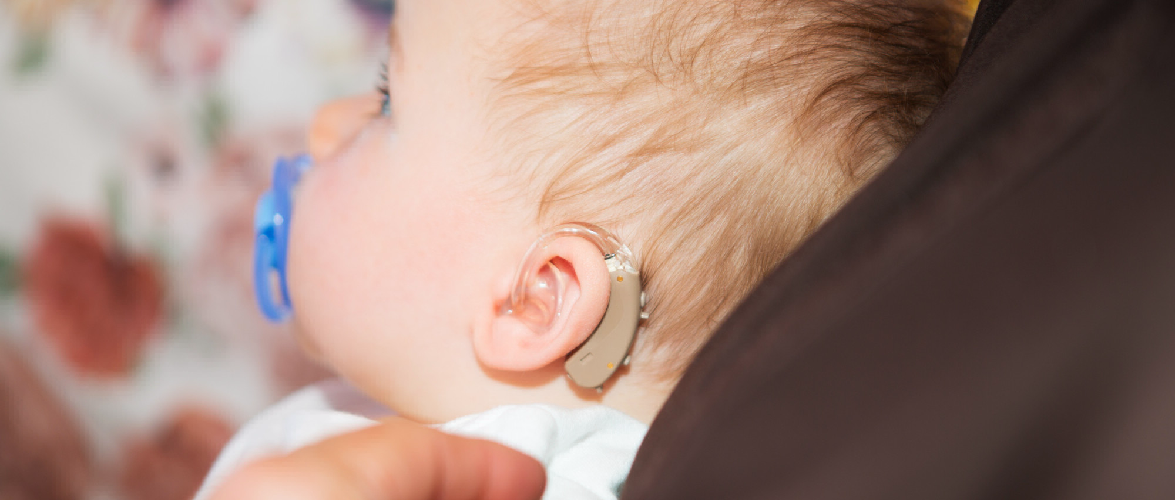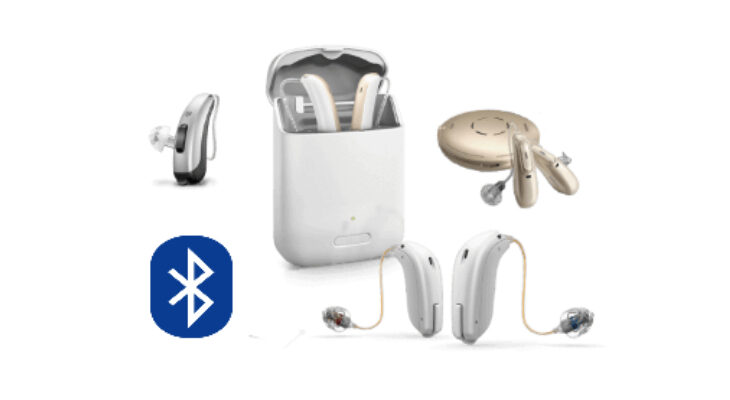
Understanding The Parts That Make Hearing Aids
Even to this day hearing aids remain an evolutionary technology because essentially they are small computers packaged in a tiny shell that is worn on the ear. Today the aim is …

Even to this day hearing aids remain an evolutionary technology because essentially they are small computers packaged in a tiny shell that is worn on the ear. Today the aim is to get an understanding of the fundamentals of a hearing aid and the parts that bring back sound into many lives. All hearing aids, irrespective of the kind it is, i.e., in the canal or behind the ear, have three major components.
The first part of the aid is the microphone. It is the piece of the gadget that picks up all the sounds occurring in the surrounding area and thus begins the process of hearing better. The microphone changes the sounds into electric signals and passes it on to the processor. As of today, microphones have become very sensitive, and they are able to differentiate between things like background noise and speech. They process the two sounds differently and thus help the person hear better and have an improved experience.
The type of microphone used in a hearing aid can be either directional or omnidirectional. The former kind of microphone picks up sound that happens in front of the person wearing the aid. Such devices are helpful when the wearer is in a noisy environment. The latter kind of microphone, i.e., omnidirectional picks up sounds from all areas. They offer a better sense of sound to the wearer. Some hearing aids come with both kinds of microphones.
The second part of a hearing aid is the processor or amplifier which takes in the electric signal given by the microphone and then turns into a digital one. A processor is much like the motherboard of a computer. The amplifier manipulates the sound and brings it to a level that compensates for the person’s hearing loss. It also removes noise like the sound of the wind and reduces feedback. The processor also adds in tinnitus masking features to the sound. After all the appropriate steps have been taken the digital signal is converted to an analogue signal and sent over to the final part of the hearing aid.
The last crucial component of a hearing aid is the receiver. It creates the sound wave at the volume needed by the wearer. It also converts the analogue signal sent by the processor into audible sounds so that the wearer can actually understand them. The receiver is the part of the aid that is pointed towards the inner ear of the person. Some hearing aids also allow for the receiver to be placed in the ear canal. These kinds are called completely-in-the-canal hearing aids.
Besides these three main parts, every hearing aid also has a battery that acts as the power source. It also has an ear hook that allows for comfortable wearing options. This clear tube is generally found in behind the ear devices. There is also volume control buttons in some hearing aids to adjust the sound level. The last component is a wax guard that prevent earwax from entering the elements of the gadget.
Read More About : Do It Yourself Hearing Aid Repair












